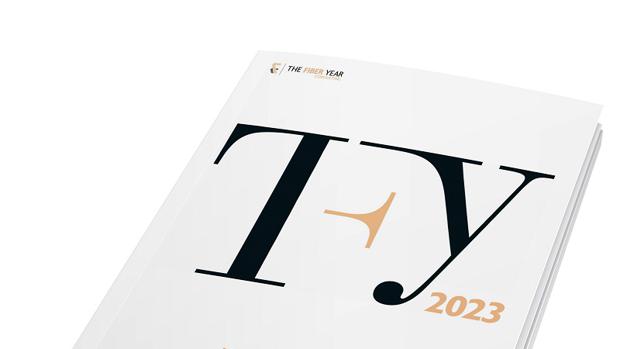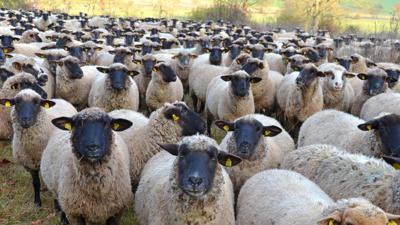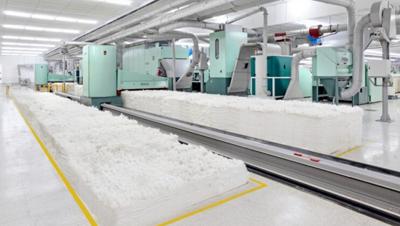
The global fiber industry has lost a cumulative volume of about 20 million tons during 3-year pandemic and even if the World Health Organization (WHO) declared an end to pandemic in May there is no end in sight for ongoing reductions. These are the conclusions made in the 2023 Executive summary from consulting company The Fiber Year GmbH, Roggwil/Switzerland.
The expansion in the staple fiber segment arose from natural fibers that are unable to immediately respond to changes in market demand other than man-made staple fibers. They can rapidly be controlled to match demand and suffered from their third decrease in 6 years, which was the fastest drop after Global Financial Crisis.
Filaments experienced their first decline in 14 years. Adjustments in spinning rates with globally lower volume have been principally seen during worldwide crises such as both the oil crises in the 1970s and the Global Financial Crisis.
Spunlaid nonwovens also diminished manufacturing after outsized demand during pandemic.
It was no surprise to see expanding export values for the vast majority of major industries, given elevated inflation across the globe. A surprise, however, was to identify Myanmar as the fastest growing export nation by +55%. Sourcing was strongly reduced after the military coup on February 1, 2021, but fashion brands and retailers apparently shifted back orders to Myanmar for price reasons although population faced unprecedented humanitarian and political crisis.
Projections of reduced cotton production and use in the 2022/23 season and early 2023 data on man-made fiber production in major markets, depressed sentiment along the textile value chain and terrible trade data rather come to the conclusion that the worst is yet to come.
First quarter (Q1) import value into 27-nation European Union (EU-27) and the USA fell sharply with cumulative US$10 billion shortfall.
The notion is that losses seen so far will supposably not be compensated in the second half. Current reductions already refer to the second quarter last year when a general deceleration began which further strengthens present slowing.
There are voices in the industry that place their hopes in the new program typically starting in the Q3 for the 2024 spring season for the long-awaited improvement in utilization rates. Other voices assume a strong rebound when the war in Ukraine has come to an end.
Elevated inflation, shortage of workers, inventory accumulation and consumers cutting spending on non-essentials in favor of traveling, services and entertainment are expected to prevent a recovery for the time being.
The industry needs to be prepared to weather upcoming challenges from worsening utilization rates and ongoing margin pressure and a red-hot survey on the textile environment may prove to be instrumental in conducting business.



